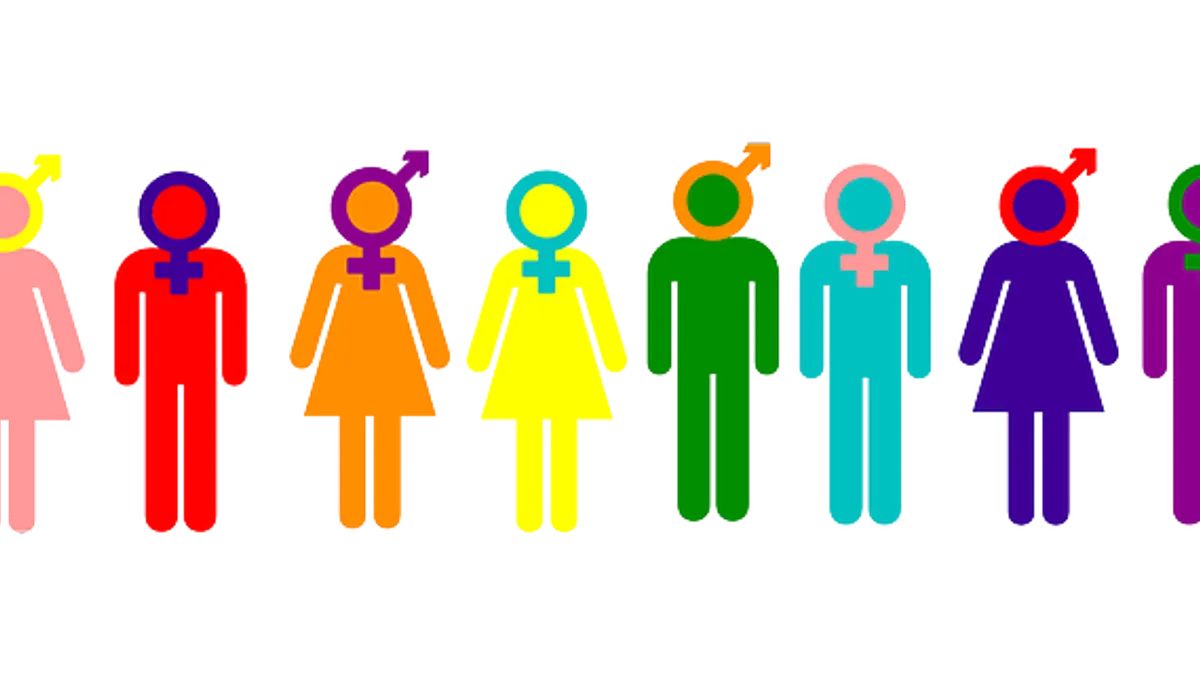While the conversation around gender equality has been elevated by world leaders (and the celebration of International Women’s Day), it seems not much has changed. Income equality and women leadership in the workplace still lag behind much touted goals.
So far, the evidence states that gender equality is a winning proposition. One study, for example, found that companies with women on their boards outperform those with all-male boards, leading to an opportunity cost of $655 billion a year in the U.S., U.K. and India alone.
Another recent study estimated that gender parity could add $12 trillion to the global economy.
Fighting biases
Some experts are convinced that unconscious bias is a key reason why women have yet to reach true workplace parity. For example, Lorraine Stomski, partner and Global Practice Leader for Assessment and Leadership at Aon Hewitt, explains that unconscious biases are part of everyone, often shaped over many years through education, culture and experience.
To change behavior, she says, people need to make a conscious effort to identify and recognize these biases within themselves, because if they don’t, history will keep repeating itself – and organizations will continue to be homogenous at the top.
“The systemic biases that occur across the entire talent management lifecycle cannot be underestimated,” Stomski says. “I encourage all organizations to do a thorough audit of their talent processes to ensure that this kind of bias is removed as much as humanly possible.”
Unconscious bias often emerges during the candidate search for leadership positions due to preconceptions of what “good” looks like, Stomski explains. While senior managers genuinely agree about the need for diversity at leadership levels, they still tend to fall back on unconscious beliefs when making final hiring and promotion decisions – such as the idea that it would be easier to align strategies behind people with similar backgrounds to them.
The result of this pattern is a management team with little real diversity.
“Talent processes such as succession planning, leadership development, talent reviews and high potential programs should all be examined closely for these biases, many of which can be observed through the kinds of conversations held about women when being selected for such programs and in reviews,” she says.
While it’s true that today there are a number of high profile female leaders, workplace statistics tell a very different story. Women remain underrepresented at every level in the corporate pipeline, with the most senior levels by far the worst affected.
Developing a culture of equality within organizations is essential to attracting and retaining the best of this talent pool. Moving from legacy practices that exacerbate unintended bias to a place where science and data determine who to hire – and promote – will require effort and commitment.
Mobility is in demand among women
In keeping with the International Women’s Day theme, a new study from PricewaterhouseCoopers (PwC) found that female demand for international assignments is at an all-time high. In fact, 71% of female millennials say they want to work outside their home country, but the survey reveals a disconnect between women’s aspirations and what employers offer. The report Modern mobility: Moving women with purpose also found these highlights:
- 64% of women say employers that offer mobility opportunities are more attractive, but many don’t believe men and women have equal opportunity to undertake international assignments at their current employer.
- The data challenges the assumption that women with children don’t want to work abroad. 41% of the female respondents who told said they want to undertake an international assignment are parents, compared with 40% of men.
- Employers are using mobility to develop their future pipeline of leaders – but only 22% are actively trying to increase their female workforce mobility.
- Only 22% of mobility executives say their mobility and diversity strategies are aligned.
- 74% of respondents (women and men) said the best time to complete a mobility experience is in the first six years of a career – yet 33% of organizations don’t currently offer early mobility opportunities.
“To attract, retain and develop female talent, international employers must adopt a modern, more flexible approach to mobility,” says Peter Clarke, PwC Global Mobility Services Leader.
He adds that a gender-inclusive mobility program will include a world-class repatriation program, together with flexibility around assignment duration and packages.
Mercer finds the gender gap remains
In a final bit of research underscoring “the time is now,” Mercer recently released its 2016 Global When Women Thrive report, which explores how women in business are progressing globally, how leadership development is essential for the advancement of women, and how women-centered education programs for finance and health make a difference in retaining female employees.
The Mercer report focuses on the causal links behind women’s representation in the workplace and the key levers organizations need to pull to drive growth. Key findings include:
- Men are perceived to be less engaged than they were a year ago in diversity efforts – just 38% vs. 49% in 2014.
- Only 35% of organizations report having a robust pay equity analysis process to address biases that can hold women back financially.
- Less than 10% of organizations offer retirement and financial education focused on women, despite proof that such practices drive future representation of women.
“It has been a momentous year for the global women’s agenda with key voices – legislators, economists, businesses and academics – all calling for more action and more resolve around gender parity,” says Pat Milligan, Mercer’s Global Leader of When Women Thrive. “We continue to elevate our voices and the conversation, yet our research shows the pace at which we’re moving means that gender parity remains a long way off.”
Milligan says the world will reach gender parity through the way it hires, retains and promote women, but it will take bold moves – and improving the fundamental trajectory of women in the workforce – to break through the inertia and create real change.













